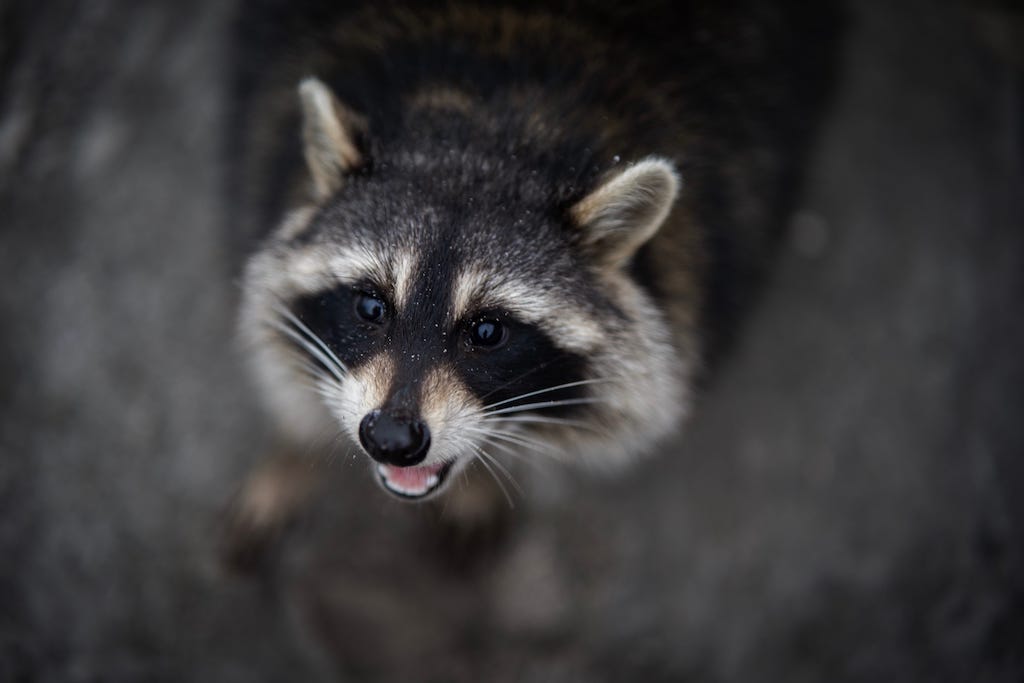Noise in your attic will often indicate the presence of unwanted visitors. It could be skittering, thumping, vocal sound, nuts rolling, or scratching noise coming from the attic. This will be scary, especially if you don’t know what is causing the noise.
Knowing the type of critters residing in your attic will help you devise the best strategy for removing them. If the noise is often heard during the day in the early morning or evening hours, squirrels are nesting in your house. But if the sound comes at night with slow but heavy noises, you could be harbouring raccoons. Rats and mice always make pitter-patter noises as they move up and down walls. Birds and bats will chirp and flutter.
These factors will help you identify the type of animal in your attic;
The Type of Sound Produced
Raccoons are very active at night, and more often, you will hear thudding and slow dragging noises. This is because they are larger and heavier pests compared to the rest.
Squirrels become active at dusk and dawn. They always have a pattern that makes you hear their noises at the same time every day. Their movements are often quick with scurrying noises.
Noises from mice can be heard when all is quiet in the house. They will be heard scratching and chewing from afar.
The Time of Day
You can find out which animal is present in the article by considering their activity and what time they make the noise. Nocturnal animals such as mice, rats, bats, and raccoons operate well at night. Squirrels are diurnal, and they are busy during the day. However, some rabid raccoons may be active during the daytime, but you can differentiate them from squirrels with the type of noise they make.
The Feces
With these strangers in the house, you will always find feces near their entry points or on the roof. Squirrels produce cylindrical shaped small brown pellets of about 8mm with rounded ends. The wastes may have nuts and will turn light in colour as they age.
Feces from raccoons are large, just like those of a medium-sized dog. They can have broken-off or rounded tips and will contain berries. Rats produce brown poop with rounded edges. Their feces are often scattered and not piled up. As they age, they will dry and turn chalky. For mice, the wastes are small and brown, with pointed ends. They could have nuts or any other debris.
The Damage They Cause
Entries points to the attic can help you understand the type of pest nesting in your attic. Raccoons dig up large holes and will also damage the shingles and rip out ducts to make entry into the attic. Their paws are strong and dexterous, which make them rip their way into the attic.
Squirrels dig up small holes to gain entry into the attic. The holes will have signs of gnawing near the perimeter. Rats are not easy to detect since they slip through small holes. But you will find brown stains on the walls to indicate their entry points.
Conclusion
Identifying the animals in the roof is one thing, but dealing with them is another. A professional wildlife removal Hamilton expert can take this burden off you since they have the skills and experience to do so. Do not take it upon yourself to deal with animals in the attic, or you may get infected with serious diseases.

